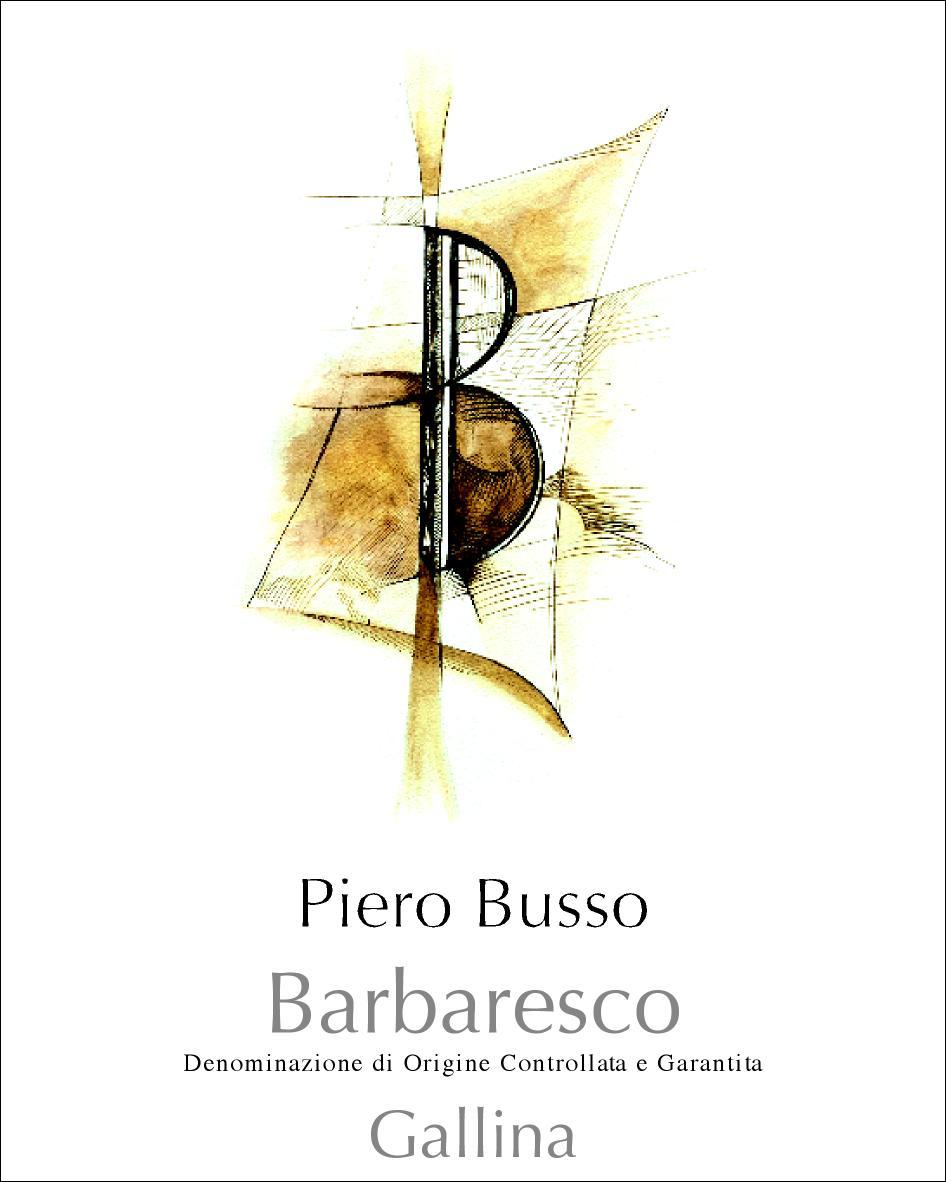2004 Barbaresco Red Blend
The Piero Busso Gallina is an exquisite red blend hailing from the prestigious Barbaresco region, celebrated for its rich winemaking heritage. This vintage from 2004 showcases a deep crimson hue that invites you in with its vibrant appearance. On the palate, the wine exhibits a full-bodied character, delivering a symphony of flavors that includes ripe dark cherries, plums, and subtle hints of tobacco and spice. It possesses a notable acidity that keeps the wine lively and refreshing, making it exceptionally food-friendly. The tannins are firm yet approachable, adding structure while ensuring a silky mouthfeel. This red blend is bone-dry, allowing the fruit's true essence to shine through, making it a delightful pairing for hearty dishes or a cozy evening by the fire. The Piero Busso Gallina epitomizes the elegance and complexity that Barbaresco wines are renowned for, truly a treasure to savor.
The Piero Busso Gallina is an exquisite red blend hailing from the prestigious Barbaresco region, celebrated for its rich winemaking heritage. This vintage from 2004 showcases a deep crimson hue that invites you in with its vibrant appearance. On the palate, the wine exhibits a full-bodied character, delivering a symphony of flavors that includes ripe dark cherries, plums, and subtle hints of tobacco and spice. It possesses a notable acidity that keeps the wine lively and refreshing, making it exceptionally food-friendly. The tannins are firm yet approachable, adding structure while ensuring a silky mouthfeel. This red blend is bone-dry, allowing the fruit's true essence to shine through, making it a delightful pairing for hearty dishes or a cozy evening by the fire. The Piero Busso Gallina epitomizes the elegance and complexity that Barbaresco wines are renowned for, truly a treasure to savor.




